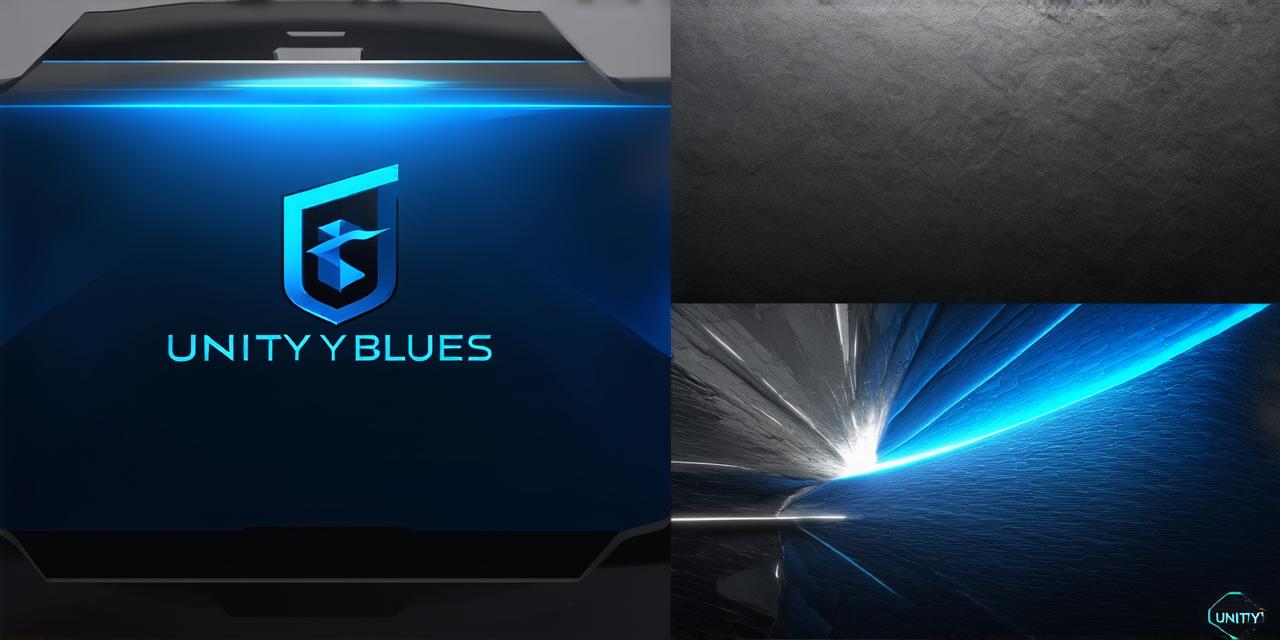
<!— Unity is a powerful and versatile game engine that allows developers to create stunning 3D games for various platforms. In this article, we will provide an overview of the process of developing a 3D game in Unity, including the tools and techniques used to bring your game ideas to life. We will also discuss some of the challenges and best practices involved in Unity development.
Getting Started with Unity
Before diving into the world of Unity development, it's essential to have a basic understanding of game design principles and programming concepts. While Unity provides many resources for beginners, having some prior experience in game development will significantly enhance your learning curve.
To get started with Unity, you will need to download the latest version of the engine from the Unity website. Once you have installed Unity, you can create a new project and choose the template that best suits your needs. Unity offers various templates for different types of games, including 2D, 3D, AR/VR, and multiplayer games.
Creating a Game World in Unity
The first step in developing a 3D game in Unity is to create a game world. This involves creating terrain, adding objects, and defining the rules of the game. The game world can be created using various tools and techniques available in Unity, such as:
* Terrain creation: Unity provides a built-in terrain tool that allows you to generate and manipulate terrain in your game world. You can also import pre-made terrain from external sources.
* Object placement: Unity provides a variety of tools for placing objects in the game world, including the Asset Store, which contains thousands of free and paid assets that you can use in your games.
* Scripting: Unity supports various programming languages, including C and JavaScript. You can write custom scripts to define the rules of your game, such as character movement, collisions, and AI behavior.
Designing Characters and Creatures
Characters and creatures are an essential part of any 3D game. Unity provides several tools for designing and animating characters and creatures, including:
* Skeletal animation: Unity supports skeletal animation, which allows you to create complex animations by defining the movement of bones in a character's body.
* Rigging: Rigging is the process of creating a digital representation of a character's body, including the bones and joints that will be used for animation. Unity provides several tools for rigging characters, including the Skeleton tool and the Animation window.
* Texturing: Texturing is the process of adding visual elements to a character or creature, such as skin, hair, and clothing. Unity supports various texturing techniques, including 2D and 3D texturing.
Programming the Game Logic
The game logic is the code that defines how the game works and what the player can do. In Unity, you can write custom scripts using C or JavaScript to define the game logic. Some of the key concepts in Unity scripting include:
* Component-based programming: Unity uses a component-based programming model, where each object in the game world has one or more components that define its behavior. Components are self-contained and can be reused in different parts of the game.
* MonoBehaviour: MonoBehaviour is a script that you attach to a game object in Unity. It provides a set of properties and methods that you can use to control the behavior of the object.
* Events: Unity provides several event types, such as OnTriggerEnter and OnCollisionEnter, which allow you to respond to player actions and interactions with the game world.
Optimizing the Game Performance
Game performance is crucial for creating an immersive and enjoyable gaming experience. Unity provides several tools and techniques for optimizing game performance, including:
* Layer management: Layering objects in the game world allows you to control the visibility and interactivity of different objects. You can also use layers to improve performance by reducing the number of objects that need to be rendered at any given time.
* Object pooling: Object pooling is a technique for reusing objects in the game world, such as enemy ships or bullets. This reduces the number of objects that need to be created and destroyed, which improves performance.
* Lighting and shadows: Proper lighting and shadow management can significantly improve game performance by reducing the number of draw calls required to render the game world. Unity provides several tools for managing lighting and shadows, including the Lightmap tool and the Lighting window.
Best Practices for Unity Development
Here are some best practices for Unity development that you should keep in mind:
* Keep your code clean and organized: Writing clean and organized code is essential for maintaining a large and complex game. Use meaningful variable names, comment your code, and use modular design patterns to make your code more manageable.
* Test your game regularly: Testing your game regularly is crucial for identifying and fixing bugs and improving performance. Use Unity's built-in testing tools, such as the Scene Viewer and the Profiler, to test your game in real-time.
* Collaborate with other developers: Collaboration is essential for creating large and complex games. Use version control systems like Git and collaboration tools like Slack or Trello to communicate with your team members and manage the development process.
* Keep learning: Unity is a constantly evolving platform, with new features and updates being added regularly. Keep learning about new techniques and best practices in Unity development by attending workshops, watching tutorials, and participating in online communities.
Summary
Developing a 3D game in Unity can be a challenging but rewarding experience. By following the steps outlined in this article, you will have a solid foundation for creating your own 3D games using Unity. Remember to keep learning, collaborate with other developers, and test your game regularly to ensure that it runs smoothly and is enjoyable for players. With these best practices in mind, you can create stunning 3D games that captivate audiences and provide hours of entertainment.
FAQs
